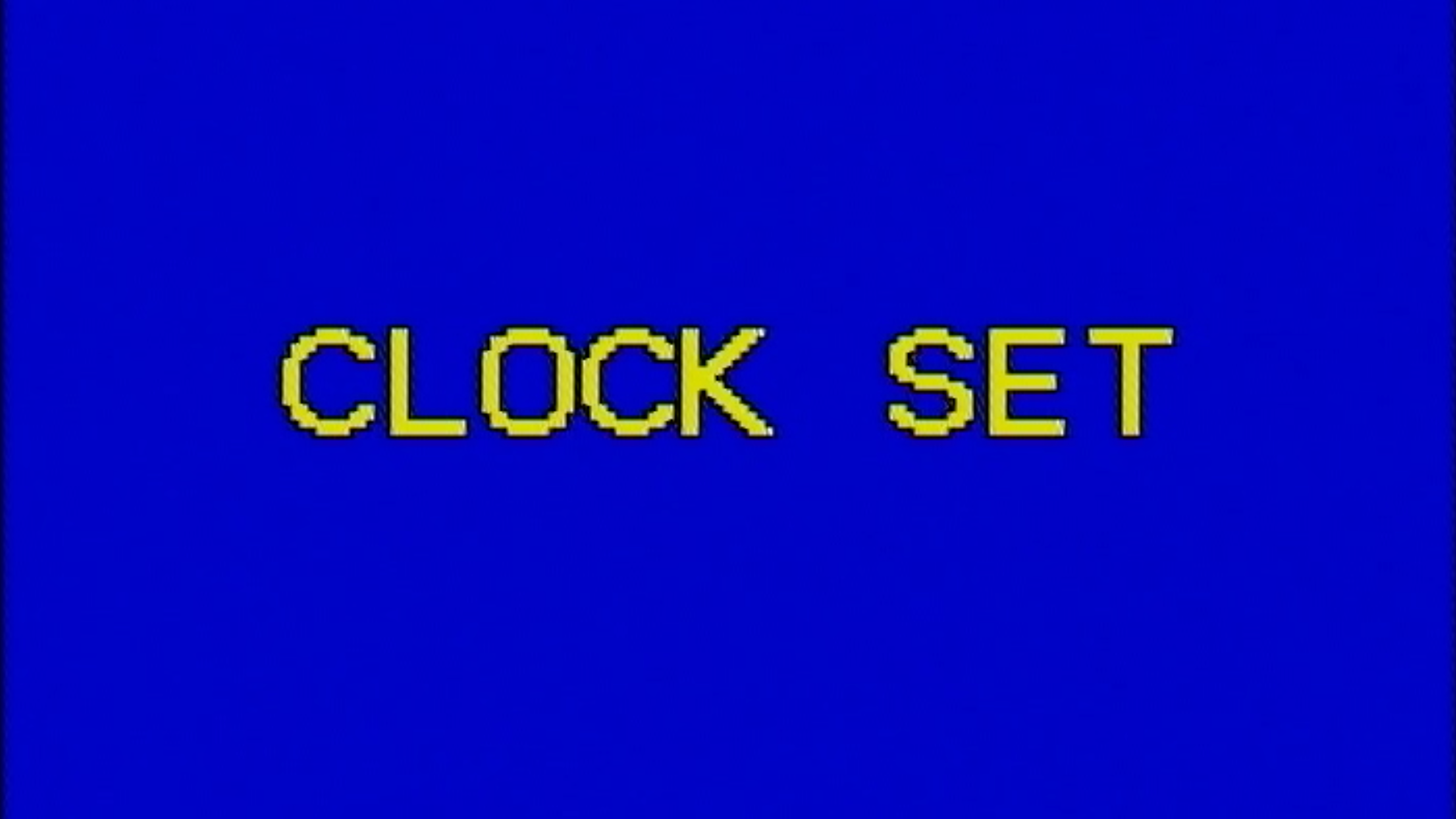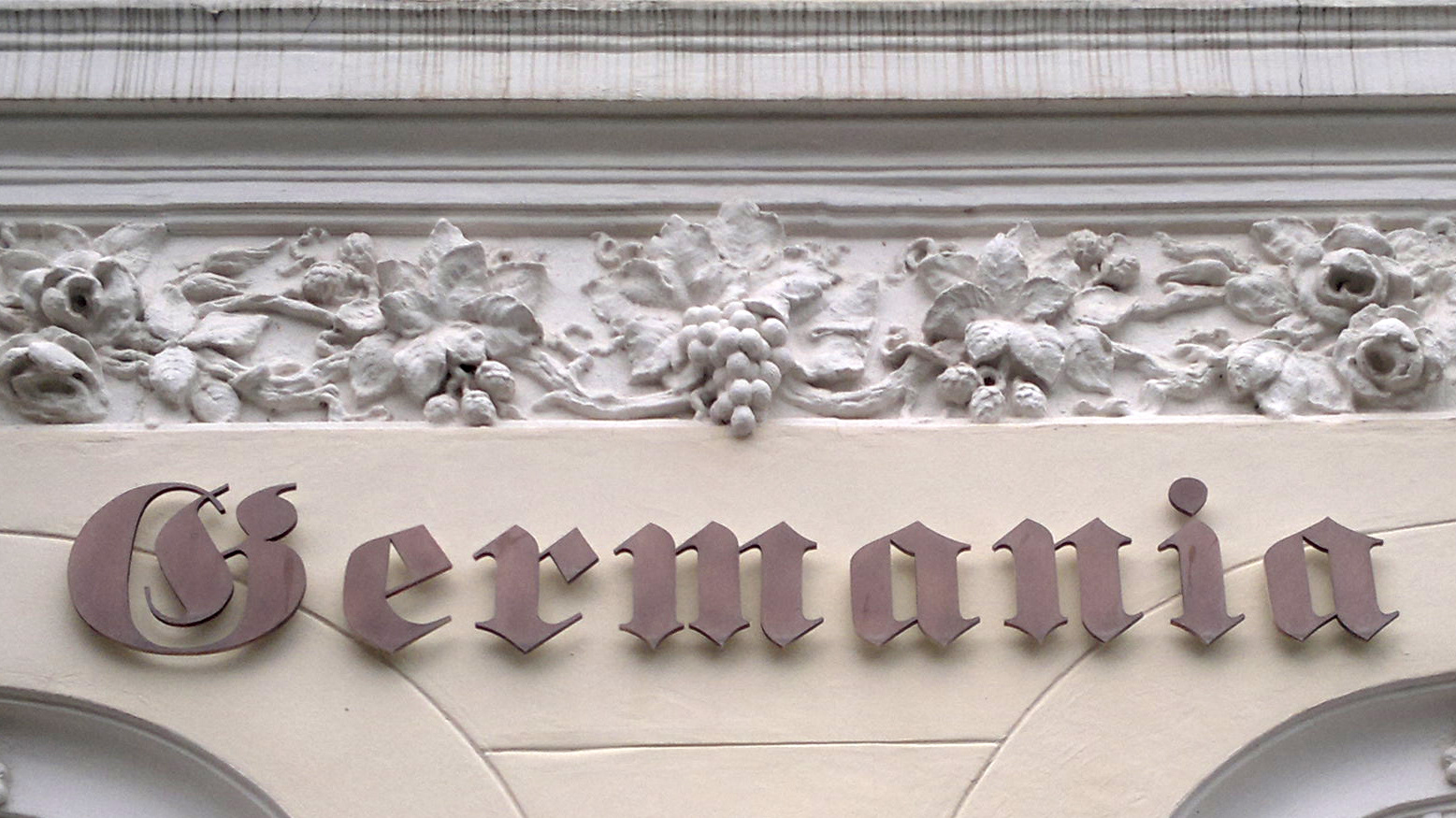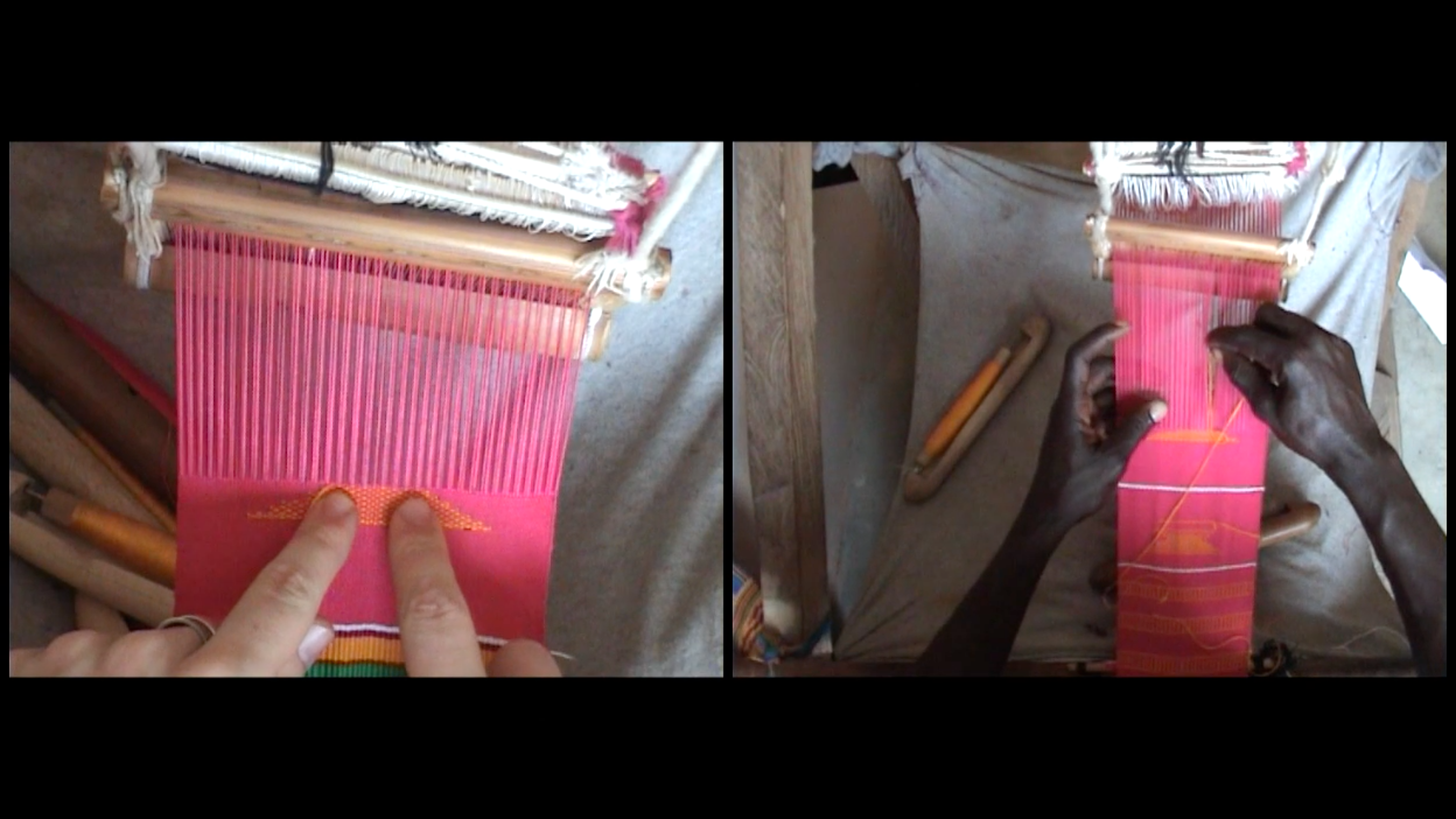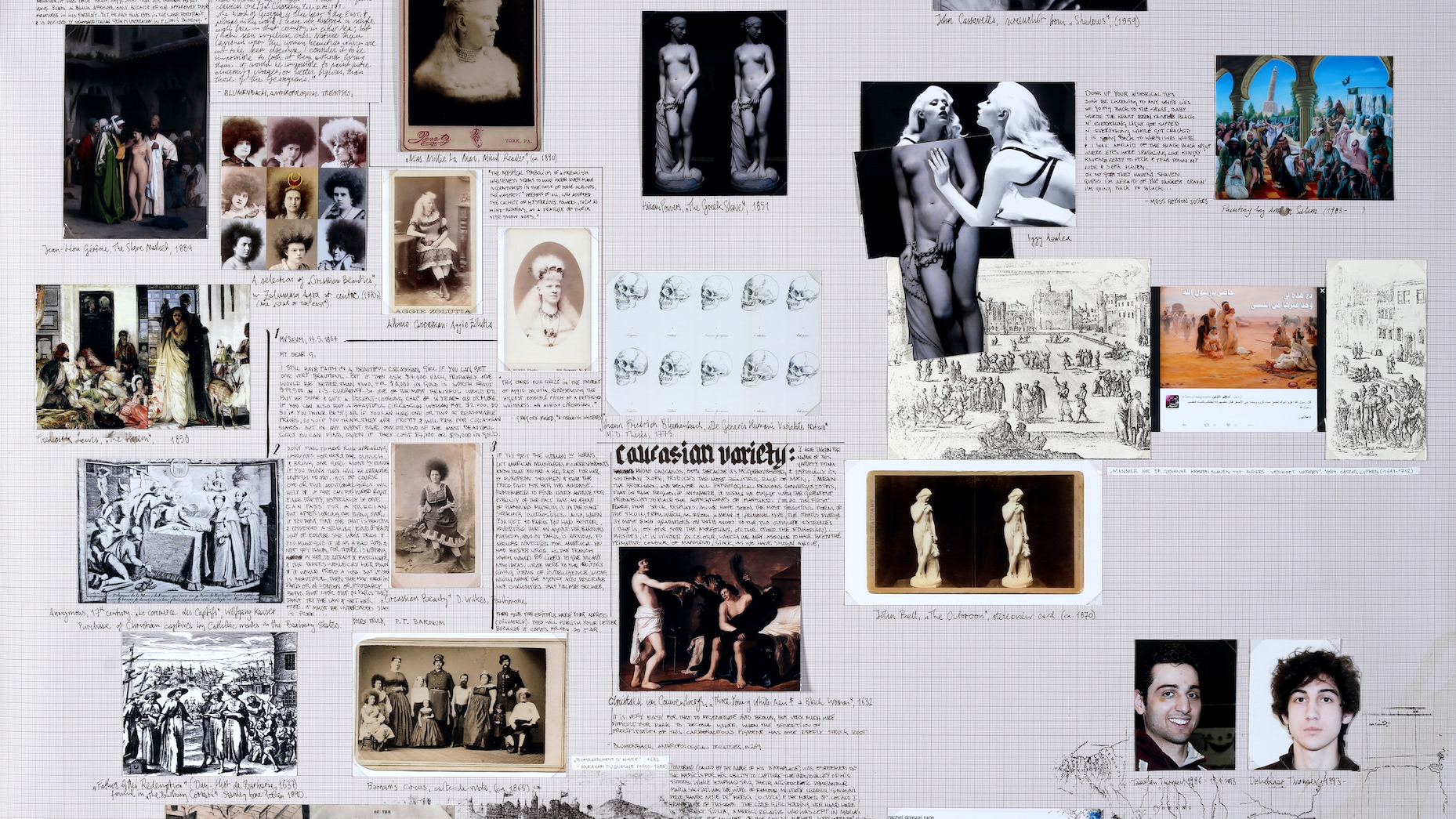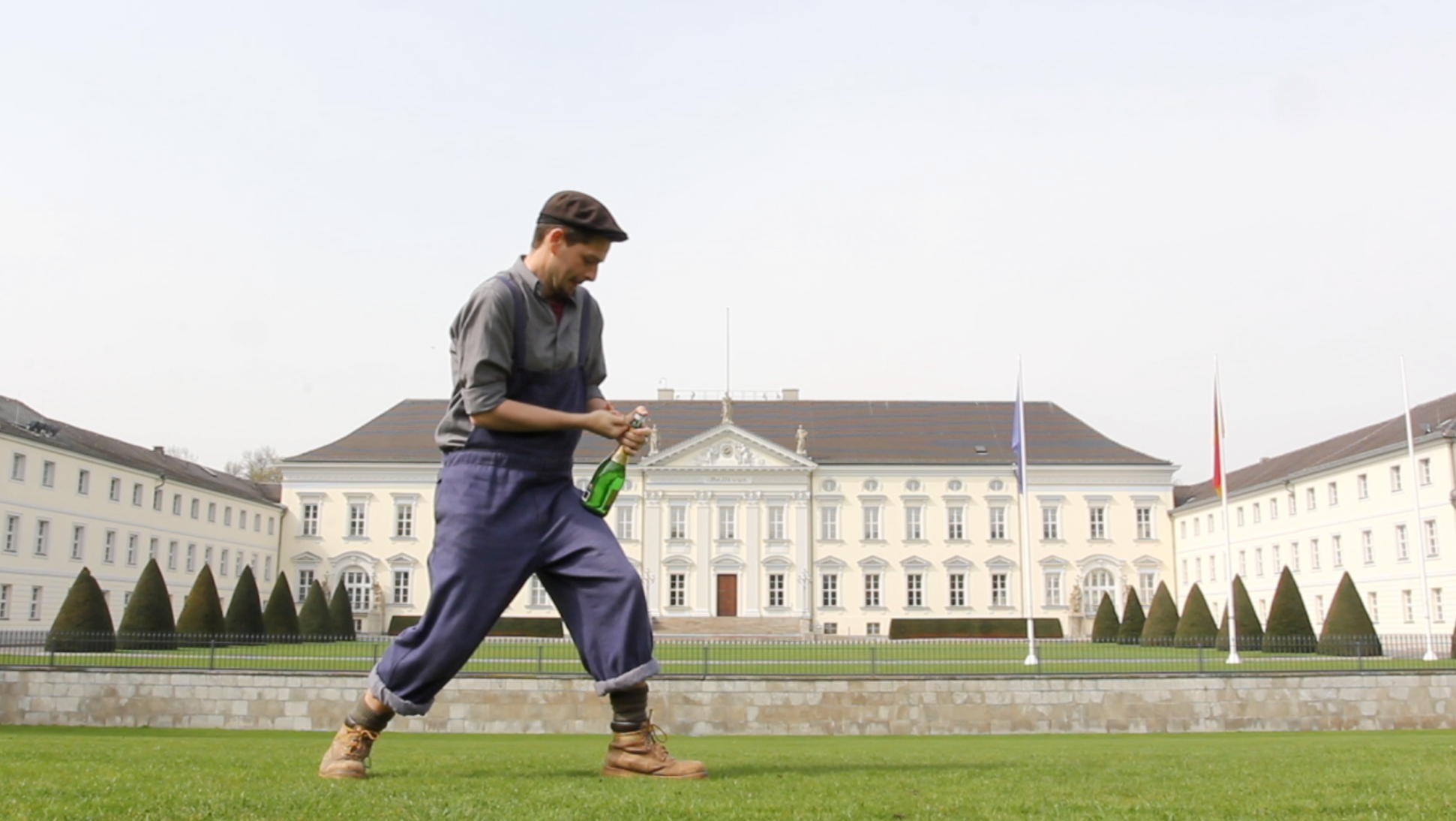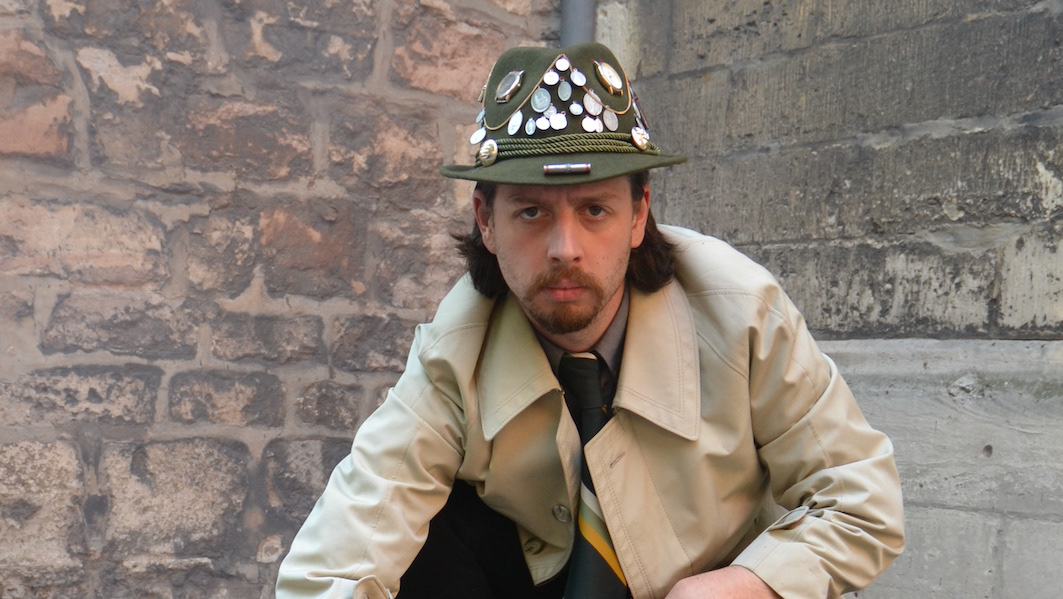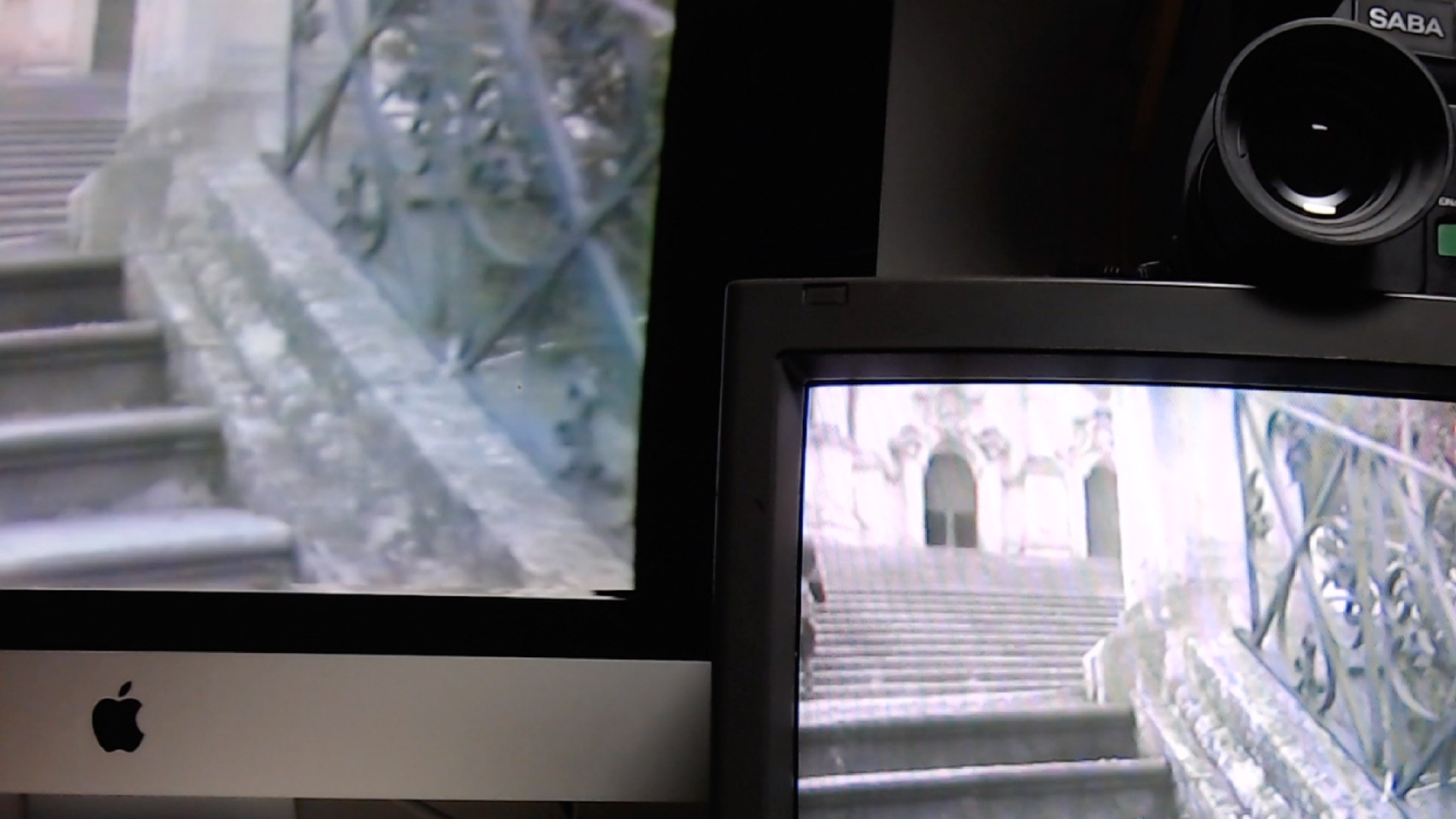Material woven by participants as part of the durational performance, June 2013.
As a result of research trips to Ghana in 2012 and 2013, I became interested in weaving as it is practiced there. With the permission of my teacher, I attempted to recreate a Kente weaving loom in Berlin as part of the 48-hour Festival in 2013. The loom and the act of weaving were re-imagined as an alternative arbitration process that could help citizens address and resolve problems and disputes, without having recourse to a traditional legal court
Demonstration of the weaving loom and presentation, Pony Royal, Berlin June 2013. Photography © Dirk Schamuhn.
The act of weaving contains inherently within itself the act of reconciliation. And by extension the possibility for a greater reconciliation that takes place between participants, or within a community. As soon as warp and weft are combined, a magical process occurs whereby contrary strands, irreconcilable directions, are combined, tied and knotted together.
The loom at an early stage of construction. KunstStoffe Berlin, April 2013.
Out of many opposing, independent strands comes a fabric, textile. This Stoffe is strong and cannot be torn or easily destroyed. It portrays decorative elements, designs, motifs that convey meaning. It is a communal manifestation that is more in its wholeness, than the sum of its parts.
Demonstration of the loom, Pony Royal, Berlin June 2013. Photography © Dirk Schamuhn.
